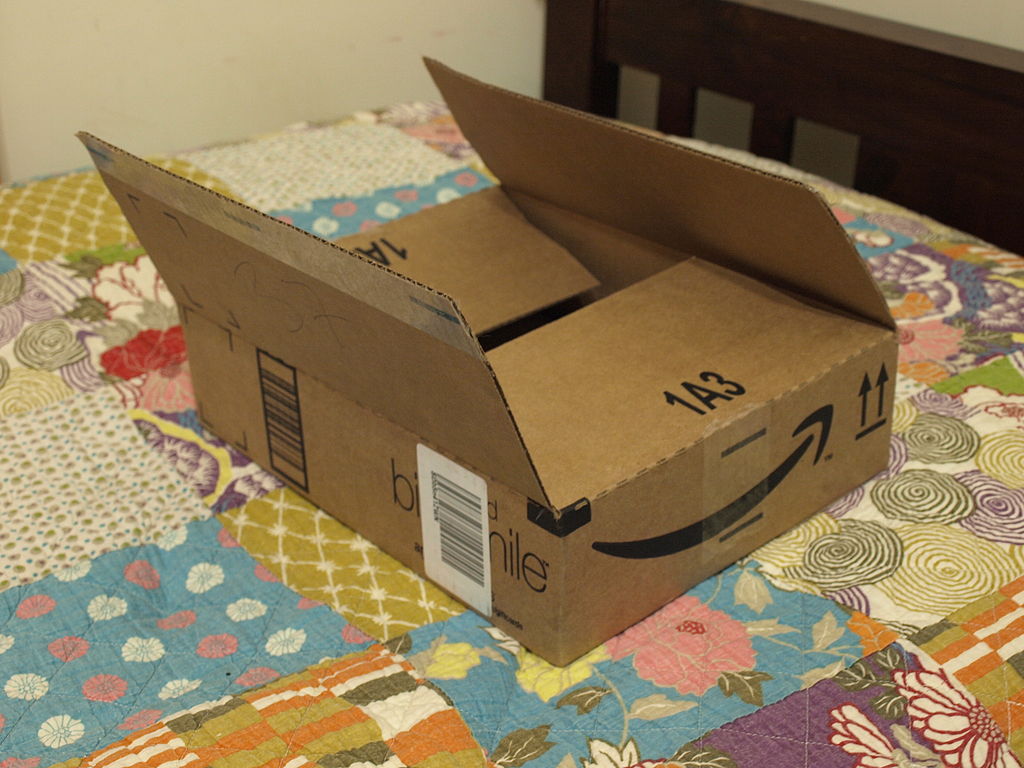Chapter 7: Product
7.3 Branding, Labeling, and Packaging
Learning Objectives
- Understand the branding decisions firms make when they’re developing new products.
- Identify the various levels of packaging for new products.
What comes to mind when someone says Coke, Nike or Apple? According to BusinessWeek magazine, the Coca-Cola brand is the strongest brand in the world. However, a global study of consumers sponsored by Reuters found that Apple has the best brand. What is a “brand” and what do these studies mean when they report that one brand is the strongest or the best?
Branding
We have mentioned brands periodically throughout this chapter. But what is a brand? A brand is a name, picture, design, or symbol, or combination of those items used by a seller to identify its offerings and to differentiate them from competitors’ offerings. Branding is the set of activities designed to create a brand and position it in the minds of consumers.
A successful branding strategy is one that accomplishes what Coke and Apple have done—it creates consumer recognition of what the brand (signified by its name, picture, design, symbol, and so forth) means. Consequently, when marketing professionals are considering whether a potential new offering fits a company’s image, they are very concerned about whether the offering supports the organization’s brand and position in the mind of the consumer. For this reason, many consider branding to be much more than how the product is packaged or labelled, and they are right. Characteristics of the offering, such as pricing and quality, have to support the brand’s position. If Apple (the brand) stands for innovation, then products and services have to be innovative. But branding itself refers to strategies that are designed to create an image and position in the consumers’ minds.
A brand name, like Apple, is the spoken part of a brand’s identity. A brand mark is the symbol, such as Coca Cola’s wave or Apple Computer’s apple, associated with a brand. Brand names and brand marks are important to companies because consumers use them to make choices.
An important decision companies must make is under which brand a new offering will be marketed. For example, Black & Decker makes power tools for consumers under its Black & Decker brand, while tools for more serious do-it-yourselfers and professionals are under its DeWalt brand. If Black & Decker decided to add to its DeWalt line new products such as coolers, portable radios, CD players, and other accessories construction professionals might find useful at a job site, the company would be creating a brand extension. A brand extension involves utilizing an existing brand name or brand mark for a new product category.
Why would Black & Decker add these accessories to the DeWalt line? If the company did, it would be because DeWalt already has a good reputation for high quality, long-lasting durability, and performance among construction professionals. These same professionals would trust the DeWalt brand to deliver. How a company like Black & Decker goes about building this trust is the subject of later chapters. For now, let’s consider whether it is better for a company to market a new product via a brand extension or create an entirely new brand for the product.
Packaging Decisions
Another set of questions to consider involves the packaging on which a brand’s marks and name will be prominently displayed. Sometimes the package itself is part of the brand. For example, the curvaceous shape of Coca-Cola’s Coke bottle is a registered trademark. If you decide to market your beverage in a similar-shaped bottle, Coca-Cola’s attorneys will have grounds to sue you.

Packaging has to fulfill a number of important functions, including:
- communicating the brand and its benefits;
- protecting the product from damage and contamination during shipment as well as damage and tampering once it’s in retail outlets;
- preventing leakage of the contents;
- presenting government-required warning and information labels.
Sometimes packaging can fulfill other functions, such as serving as part of an in-store display designed to promote the offering.

A product’s packaging can benefit the customer beyond just protecting the offering while it’s being shipped. No-spill caps, for example, can make it easier for you to use your laundry detergent or prevent spills when you’re adding oil to your car’s engine.
Key Takeaways
A brand is a name, picture, design, or symbol, or combination of those items used by a seller to identify its offerings and differentiate them from competitors’ offerings. Branding is the set of activities designed to create a brand and position it relative to competing brands in the minds of consumers. An important decision companies must make is under which brand a new offering will be marketed. A brand extension involves utilizing an existing brand name or brand mark for a new product or category (line) of products. Packaging protects products from damage, contamination, leakage, and tampering, but it is also used to communicate the brand and its benefits, product warnings, and proper use.
Review and Reflect
- How do brands help companies market their products?
- What is the purpose of a brand extension?
- Name the purpose of packaging used in marketing.
Media Attributions
- pexels-alleksana-4113630 © Alleksana is licensed under a All Rights Reserved license
- Amazon Box (Picture 1) © Matthew Paul Argall is licensed under a CC BY-SA (Attribution ShareAlike) license
a name, picture, design, or symbol, or combination of those items used by a seller to identify its offerings and to differentiate them from competitors’ offerings
the set of activities designed to create a brand and position it in the minds of consumers
the spoken part of a brand’s identity
the symbol associated with a brand
utilizing an existing brand name or brand mark for a new product category

